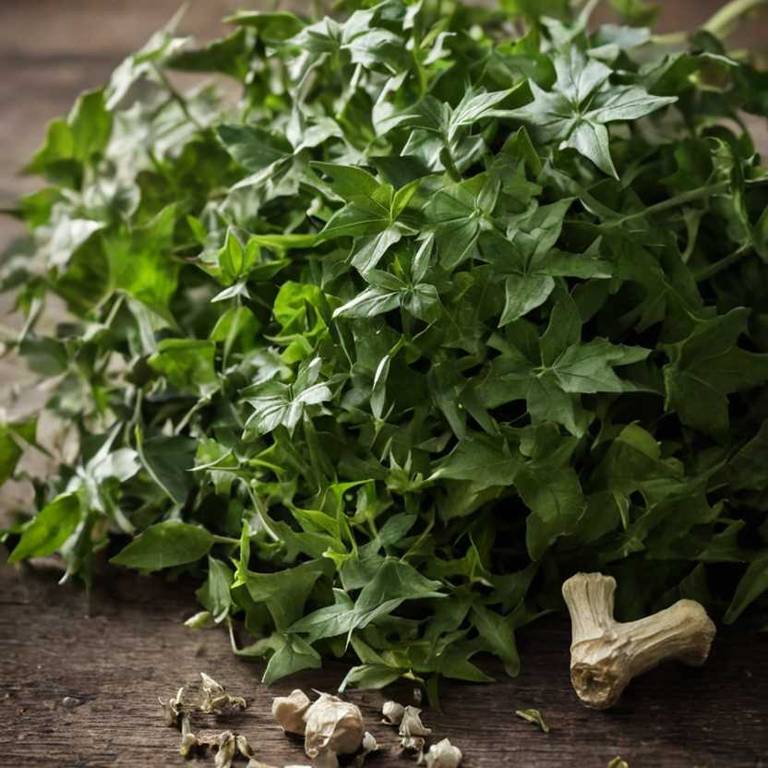Hedera Helix: What To Know Before Using It For Medicinal Purposes

Hedera helix, commonly known as English ivy, has been traditionally used for its medicinal properties, particularly in respiratory health.
It contains compounds such as saponins and flavonoids, which may help reduce inflammation and ease symptoms of coughing and bronchitis. In folk medicine, it has been used to treat asthma, allergies, and other respiratory conditions, though scientific evidence supporting these uses is limited. Modern research suggests that Hedera helix might have antioxidant and anti-inflammatory effects, which could contribute to its potential therapeutic applications.
However, it is important to consult a healthcare professional before using it for medicinal purposes, as it may interact with certain medications or cause side effects in some individuals.
Health Benefits
Hedera helix has several health benefits, such as its ability to improve air quality by absorbing toxins and releasing oxygen, which can enhance respiratory health.
It is also known to reduce stress and anxiety when placed in indoor spaces, promoting a calming environment. The plant is rich in antioxidants, which can help combat free radicals and support overall immune function. Additionally, caring for Hedera helix can provide a sense of accomplishment and mindfulness, contributing to mental well-being.
Its aesthetic appeal also makes it a great addition to homes and offices, improving mood and creating a more pleasant living space.
10 Best Health Beneift of Hedera helix
Bioactive Constituents
Hedera helix has several bioactive constituents, such as saponins, flavonoids, and alkaloids, which contribute to its medicinal properties.
These compounds exhibit antioxidant, anti-inflammatory, and antimicrobial activities, making the plant useful in treating various health conditions. Saponins in Hedera helix are known to enhance immune function and may support respiratory health. Flavonoids contribute to the plant's ability to neutralize free radicals, thereby protecting cells from oxidative damage.
Alkaloids, although present in smaller quantities, may have potential applications in the treatment of neurological disorders, though further research is needed to confirm their efficacy.
Medicinal Preparations
Hedera helix has several medicinal preparations, such as teas, tinctures, and topical salves, which have been traditionally used for their healing properties.
One common preparation is a tea made from the leaves, which is often consumed to soothe respiratory issues and reduce inflammation. Tinctures of Hedera helix are also used to support circulation and may help alleviate symptoms of arthritis and other inflammatory conditions. In addition, the plant's compounds are sometimes incorporated into salves for their astringent and antiseptic qualities.
However, it is important to note that Hedera helix contains toxic alkaloids, and its use should be approached with caution and under professional guidance.
Side Effects
Hedera helix can have some side effects, such as skin irritation or allergic reactions when the plant comes into contact with the skin.
Ingestion of the plant, especially by children or pets, may lead to gastrointestinal upset, including nausea, vomiting, and diarrhea. The plant contains saponins and other compounds that can be toxic in large quantities, potentially causing more severe symptoms like dizziness or respiratory distress. While rare, prolonged exposure may result in chronic skin conditions or sensitization.
It is important to handle the plant with care and keep it out of reach of children and animals to avoid these potential health risks.